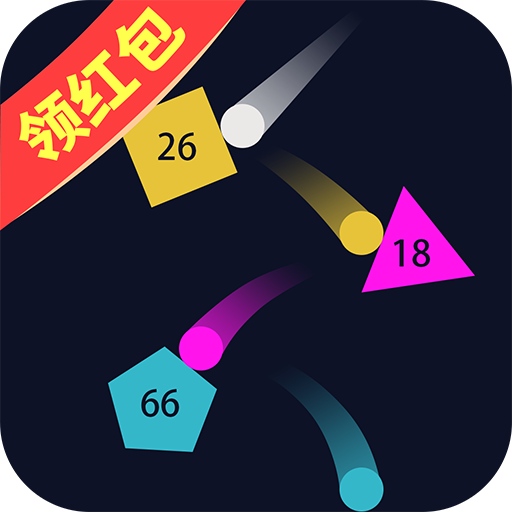Binance列表请参见主要上行空间,但波动率仍然存在
时间:2025-06-09 | 作者: | 阅读:0On June 9, Mirror Tang, CEO of ZeroBase & Salus, posted on X: “恭喜你研究出规律了,接下来规律就要变啦!” shortly after IOSG Ventures published an article discussing Binance listings.
This humorous statement, widely reposted by Mirror Tang, CEO of ZeroBase & Salus, and others in response to a report by IOSG Ventures analyzing Binance listings, translates to "Congratulations on figuring out the pattern. Now it's time for the rules to change!"
The piece titled "Binance Listings Experience Significant Gains, Yet Volatility Remains" explores the complete lifecycle of tokens across Alpha, IDO, Futures, and Spot markets, revealing evolving trends. For example, Alpha shows the greatest upside volatility, while Spot demonstrates more favorable exit behavior. Additionally, Futures transition into Spot faster than other platforms.
As part of IOSG’s broader Web3 research initiative, this study analyzed a set of 200 tokens launched in 2024, tracking their performance through various listing phases. Binance Alpha listings yielded the highest average return at 220%, followed closely by IDO with a mean gain of 75%, indicating relatively stable growth.
Futures listings on Binance underperformed with an average return of 44%, while Spot listings—often used by early investors to cash out—showed an average return of only 15%. Across all platforms and within 14 days, median Fully Diluted Valuation (FDV) shifts are negative, suggesting that tokens typically reach peak valuation during initial excitement. A rapid FDV surge of 40–50% in the first two weeks is commonly seen ahead of Futures or Spot listings.
The analysis also covered listings on exchanges like Bitget, Bybit, Coinbase, and Upbit. Among these, Bitget and Coinbase demonstrated stronger post-Binance returns, averaging 21% and 18%, respectively. In contrast, Bybit and Upbit performed less favorably.
Mirror Tang further commented, “Reflections on shifting dynamics. What works today may not work tomorrow. Stay agile and adapt quickly to maintain an edge,” capturing the core idea behind these changing patterns.
The study also highlights that Alpha and IDO serve as launchpads for future listings. Around 66.7% of IDO tokens and 37.8% of Alpha tokens eventually enter Futures, reflecting a strong correlation between early success and progression. However, only 12.2% of Alpha tokens and 23.8% of IDO tokens make it to Binance Spot, underscoring the rigorous selection and delay involved in direct Spot placements.
On average, Alpha tokens take about 60 days to reach Spot, whereas IDO tokens do so in 17 days. Futures tokens move the quickest, transitioning into Spot within 14 days. These timelines offer key insights into how each platform functions within the ecosystem.
The report also reveals category preferences among venues. Alpha favors Meme and AI tokens. IDO leans toward Infrastructure and AI projects. Direct Spot listings predominantly feature Infrastructure-heavy assets, while Futures provides a wider variety of category exposure.
Now, Binance listings reflect a strategic filtering mechanism where token category and FDV determine listing paths. As Mirror Tang’s popular phrase states, “Next, the rules will change,” emphasizing that such evolving trends are part of continuous market development.
The report concludes with advice for founders to match FDV targets with suitable launch venues. Alpha suits FDVs below $200 million, IDO fits the $70–200 million range, and Spot mainly serves tokens exceeding $500 million in FDV.
Launching too soon or via an unsuitable venue might slow down token progression or limit its potential. The timing of both initial and follow-up listings has become increasingly critical.
Secondary exchange performance shows Bitget lists Alpha tokens in 13.8 days and IDO tokens in 13.4 days, offering solid average returns: Alpha (41.8%) and IDO (29.2%). Bybit, although slower, delivers IDO returns of 25.2%.
Coinbase and Upbit show longer listing periods, averaging 29 and 31 days respectively, and maintain higher selectivity, contributing to long-term price stability.
Ultimately, Mirror Tang’s remark gains even greater relevance—just when patterns appear predictable, new models and metrics emerge, forcing the industry to stay alert and adaptive in this fast-evolving blockchain landscape.
福利游戏
相关文章
更多-

- 尼日利亚的SEC发出强有力的公共咨询警告公民不要投资持续的惩罚者硬币
- 时间:2025-06-10
-

- IT Solutions提供商长方形计划通过私人股票销售计划筹集750万美元
- 时间:2025-06-10
-
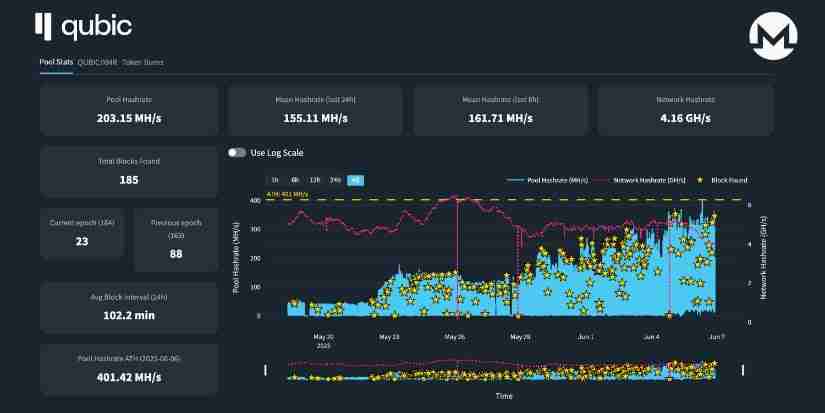
- Qubic,分散的计算和AI第1层协议,通过有用的工作证明(Upow)实现了技术突破
- 时间:2025-06-10
-
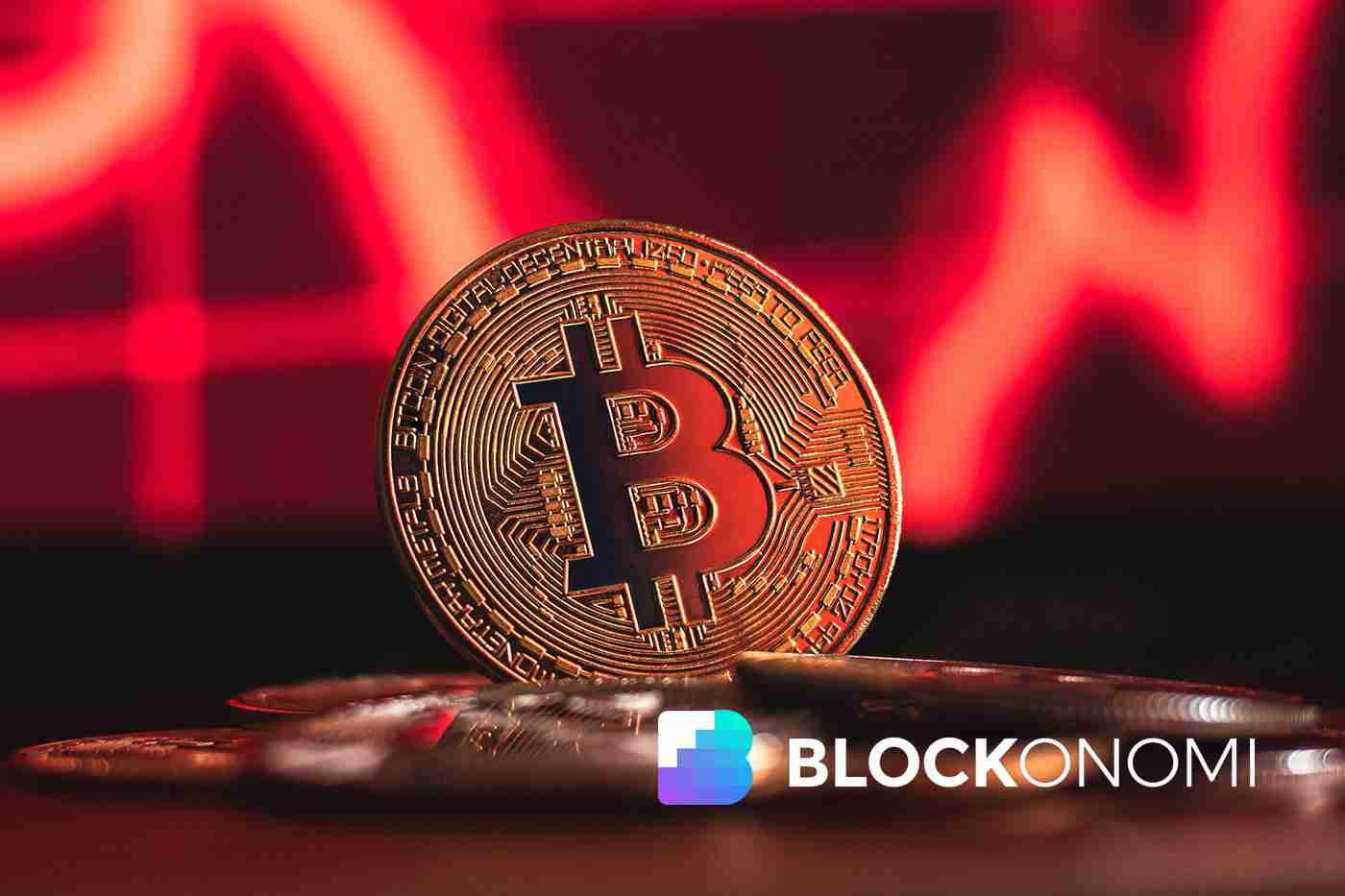
- 比特币(BTC)的价格继续显示出强度,维持水平超过$ 108,000
- 时间:2025-06-10
-

- Binance有望分享有关超流动性(HYPE)的见解,表明其天然令牌可能列表
- 时间:2025-06-09
-
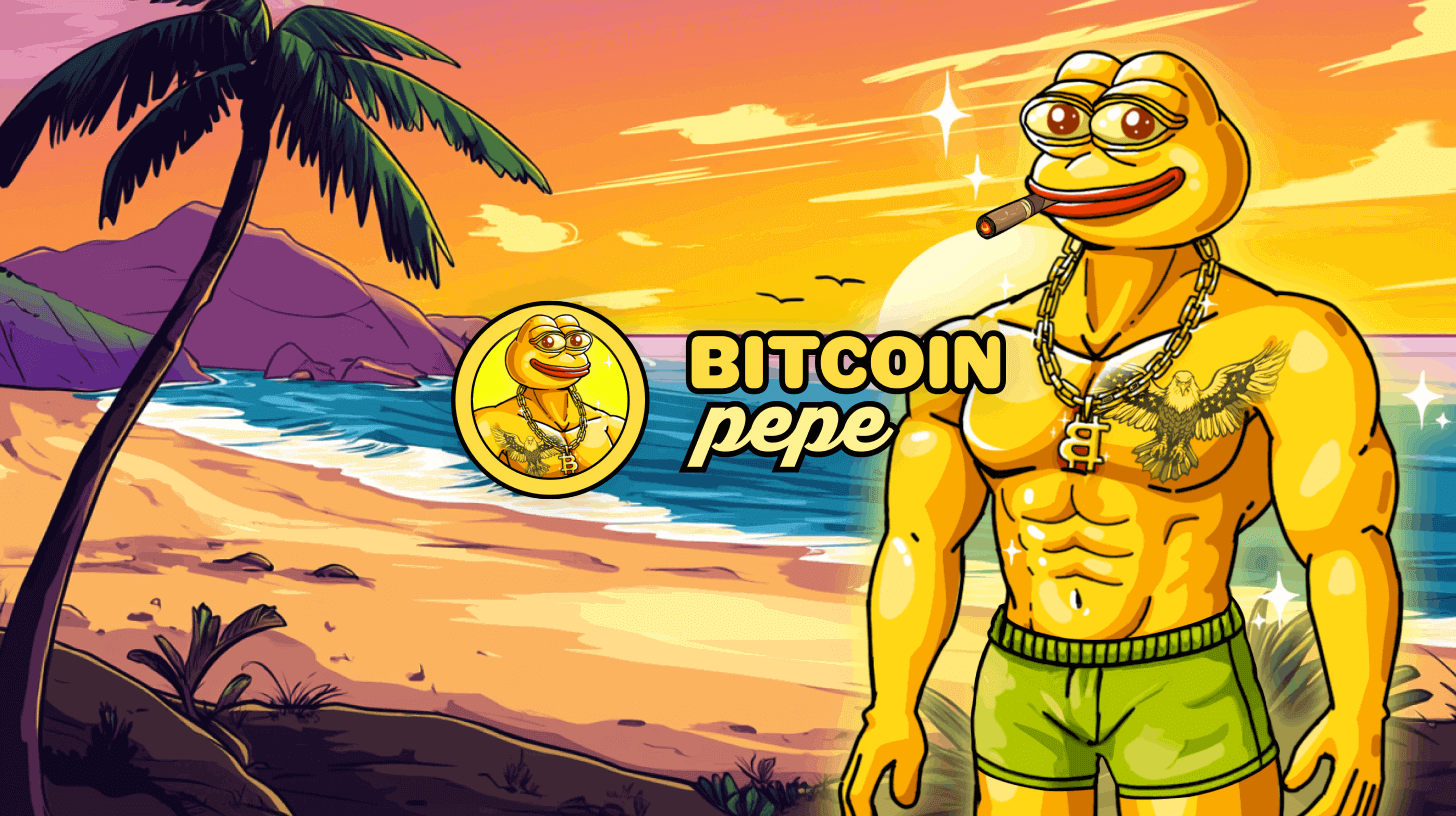
- 随着美中贸易谈判的中心舞台,比特币(BTC)市场越来越高
- 时间:2025-06-09
-
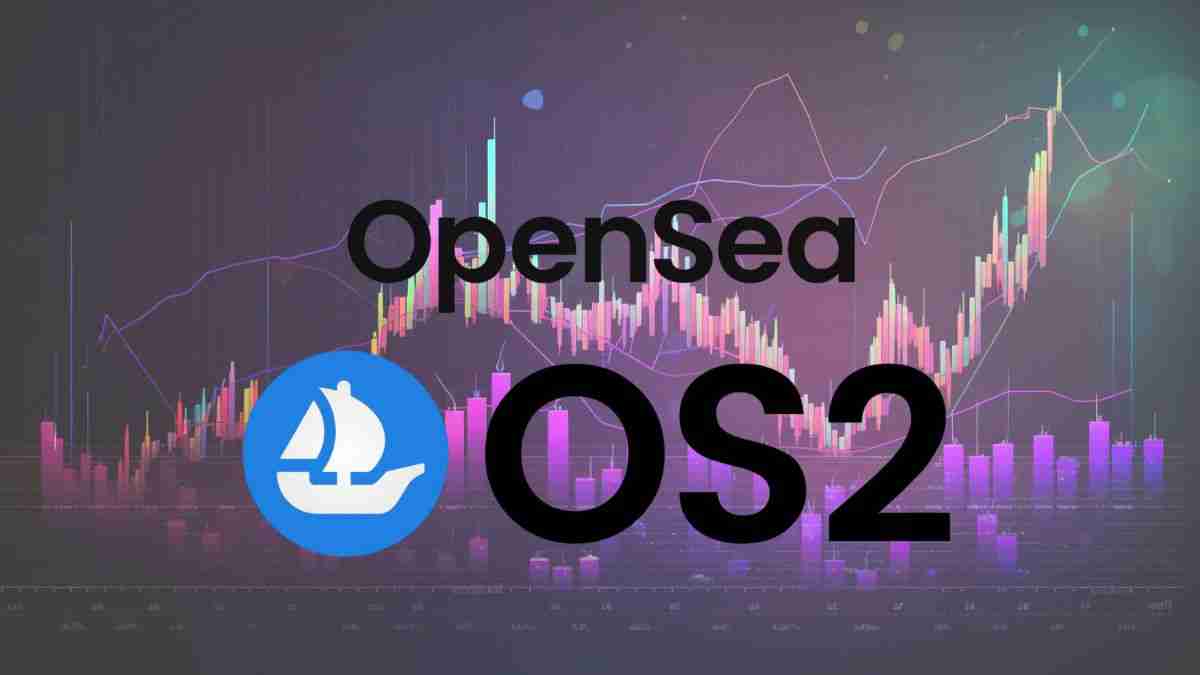
- Opensea通过OS2升级再次证明了它的弹性
- 时间:2025-06-09
-

- 从模因到公用事业:Ozak AI在后海类市场中成为竞争者
- 时间:2025-06-09
大家都在玩
热门话题
大家都在看
更多-
- 全链网:想对华销售新型特供芯片,正在与美国政府磋商
- 时间:2025-08-23
-
- 全链网:1.74亿USDC从未知钱包转移到Coinbase
- 时间:2025-08-23
-

- 《斗罗大陆:魂师对决》灵燕白沉香介绍
- 时间:2025-08-23
-

- 《胜利女神:新的希望》梅里海湾女神介绍
- 时间:2025-08-23
-

- 《少年名将》机关兽玩法一览
- 时间:2025-08-23
-

- 《鸣潮》奥古斯塔抽取建议
- 时间:2025-08-23
-

- 《下一站江湖2》酒会答案一览
- 时间:2025-08-23
-

- 《少年名将》锦囊获取及玩法介绍
- 时间:2025-08-23













